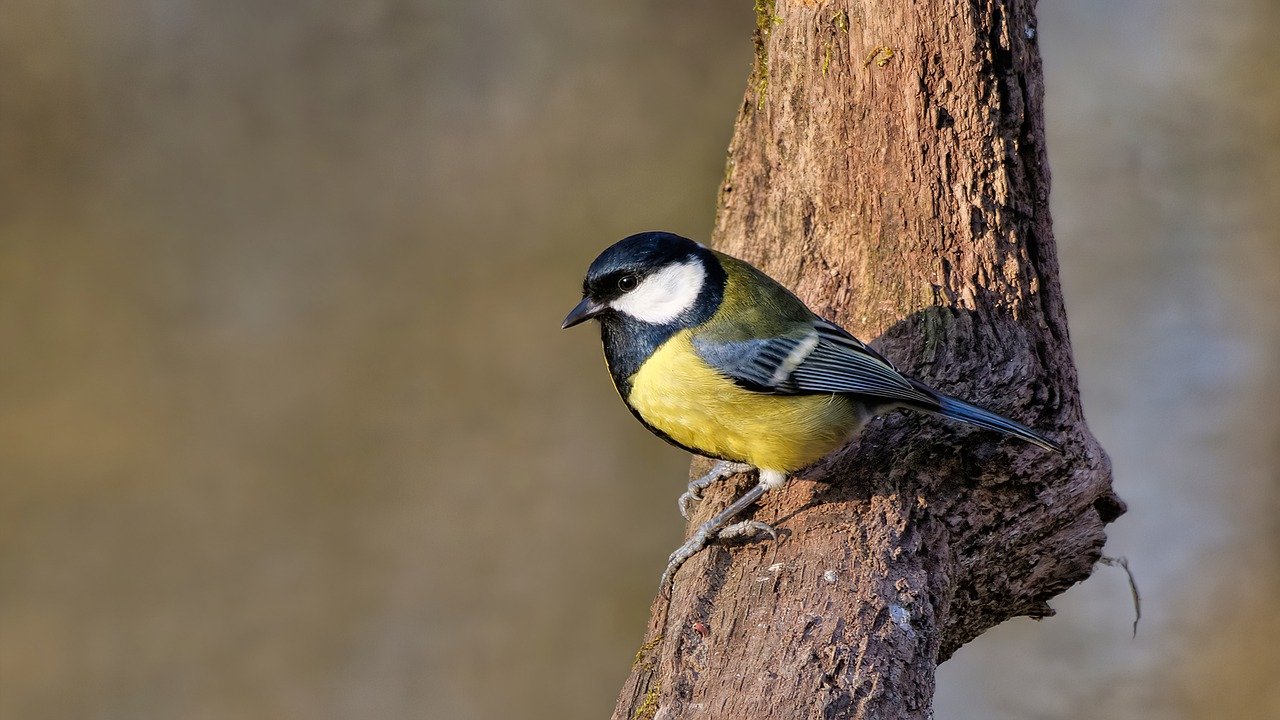Talgoxens Parus major antal och häckningsbiologi – resultat av 25 års holkstudier
DOI:
https://doi.org/10.34080/os.v21.22600Nyckelord:
populationsstudier, häckningsframgång, klimateffekter, kullstorlek, holkAbstract
A nest-box population of Great Tits Parus major was followed in 1986–2010. Maximum number of breeding attempts was three times higher than the minimum number but there was no significant trend through 2005. The number of nest-boxes declined from 94 to 55 during the last five years making it difficult to interpret the recent trend but most likely there was an increase. 17% of the first breeding attempts failed and resulted in replacement clutches. The number of second clutches was 13% of the number of first clutches. There was no correlation between population size and winter temperature. There was no significant advancement of laying date in spite of the fact laying date was correlated with April temperature and that local April temperature showed a significant positive trend during the study period. Mean clutch size was 9.2 eggs. The number of fledglings was 4.65, which is low compared to other studies. Replacement and second clutches produced 4.37 fledglings. Both clutch size and number of fledglings declined during the study period.
Nedladdningar

Downloads
Publicerad
Referera så här
Nummer
Sektion
Licens
Copyright (c) 2011 Jan Eric Nilsson

Det här verket är licensierat under en Creative Commons Erkännande 4.0 Internationell-licens.
Författaren/författarna innehar copyright för varje enskilt bidrag, men samtliga bidrag är publicerade under en Creative Commons-licens, så att vem som helst kan dela och återanvända bidraget förutsatt att copyright-innehavaren erkänns.







